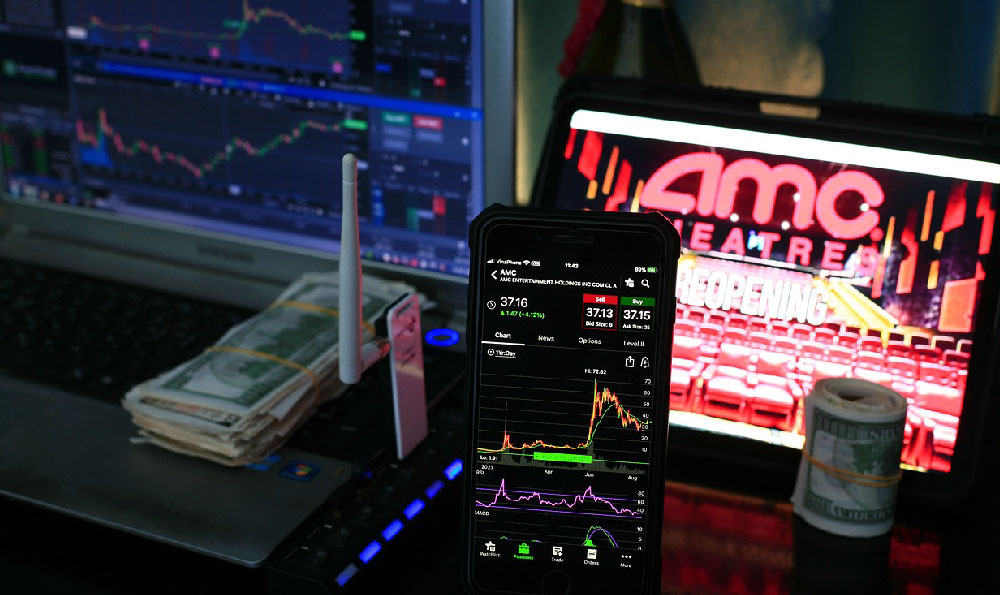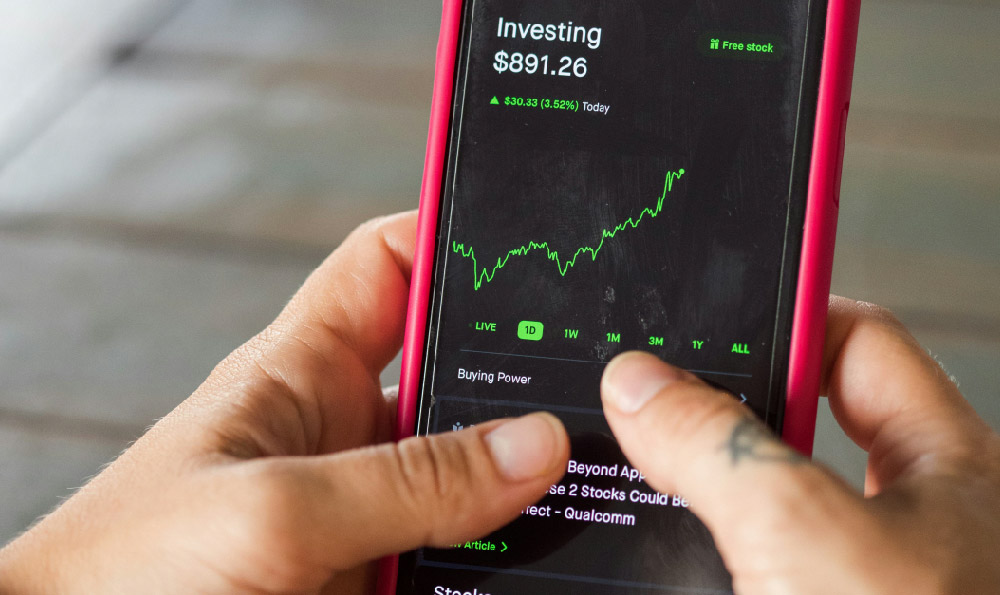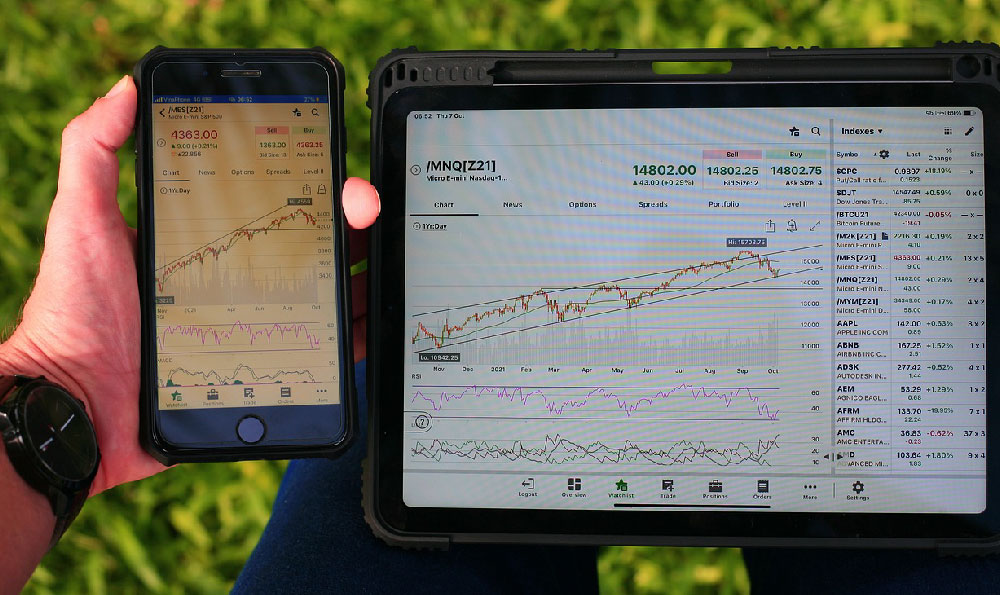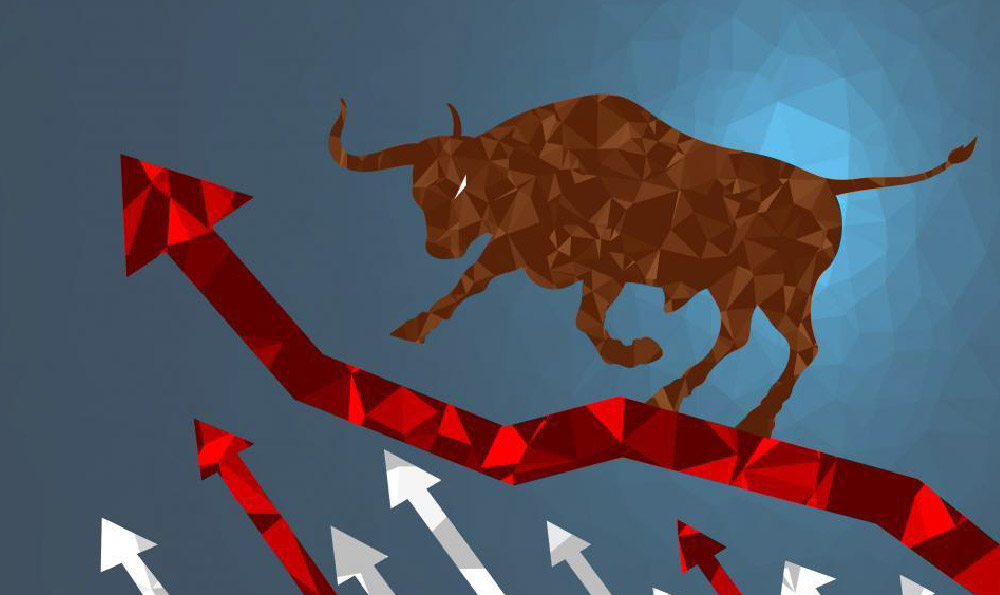Is CoinPro Auto Trading While Sleeping Real? Can You Really Earn?
The allure of automated cryptocurrency trading, especially the promise of generating profits while you sleep, is undeniably strong. CoinPro, among many other platforms, positions itself as a solution to this very desire. However, before diving headfirst into the world of automated crypto trading with CoinPro or any similar platform, a healthy dose of skepticism and thorough research is crucial. Let's dissect the realities behind this enticing proposition and explore whether consistent profitability is genuinely attainable.
First and foremost, it's essential to understand that no investment strategy guarantees profits, especially in the volatile realm of cryptocurrency. Automated trading systems, at their core, are algorithms designed to execute trades based on pre-defined parameters. These parameters might include technical indicators like moving averages, relative strength index (RSI), or MACD, or they might be based on fundamental analysis factors like news events or market sentiment. The effectiveness of these algorithms hinges on the accuracy and relevance of these parameters, as well as the system's ability to adapt to constantly changing market conditions.
CoinPro, like other similar services, will likely offer a range of trading bots with varying strategies and risk profiles. Some might be designed for high-frequency trading, aiming to capitalize on small price fluctuations, while others might focus on longer-term trends. The platform might also allow users to customize these bots or even create their own, providing a degree of control over the trading strategy.

The question then becomes: are these bots actually profitable? The answer, unfortunately, is rarely a straightforward "yes." Several factors influence the performance of automated trading systems, and consistent profitability is a significant challenge.
-
Market Volatility: Cryptocurrencies are notorious for their volatility. Sudden price swings can trigger stop-loss orders prematurely, leading to losses. While bots can execute trades faster than humans, they can also amplify losses if the underlying strategy is not robust enough to handle market shocks. A bot designed for a bull market might perform poorly in a bear market, and vice versa. The algorithm needs to be adaptable and sophisticated enough to navigate these shifts, which is a complex undertaking.
-
Algorithmic Effectiveness: The quality of the trading algorithm is paramount. A poorly designed algorithm can generate false signals, leading to unprofitable trades. Furthermore, even a well-designed algorithm might lose its effectiveness over time as market conditions evolve. "Backtesting," which involves testing the algorithm's performance on historical data, can provide some insights, but past performance is not necessarily indicative of future results. Scammers often use doctored or cherry-picked backtesting results to lure unsuspecting investors.
-
Transaction Costs: Every trade incurs transaction costs, including trading fees and potential slippage (the difference between the expected price of a trade and the actual price at which it is executed). These costs can eat into profits, especially for high-frequency trading strategies. It's essential to factor in these costs when evaluating the potential profitability of a trading bot.
-
Platform Security: The security of the CoinPro platform itself is a critical consideration. Cryptocurrency exchanges and trading platforms are often targets for hackers. If the platform is compromised, users' funds could be at risk. It's crucial to research the platform's security measures, including its use of two-factor authentication, cold storage for funds, and regular security audits.
-
Over-Optimization and Curve Fitting: A common pitfall in designing automated trading systems is over-optimization, also known as curve fitting. This involves tweaking the algorithm's parameters until it performs exceptionally well on historical data. However, this often leads to poor performance in live trading because the algorithm has been optimized for a specific set of past conditions that are unlikely to repeat. A truly robust algorithm should be able to generalize well to new, unseen data.
-
Lack of Human Oversight: While the appeal of automated trading is the ability to generate profits passively, it's crucial to remember that these systems are not foolproof. Market conditions can change rapidly, and algorithms might not always be able to adapt effectively. Regular monitoring and adjustments are necessary to ensure the bot is performing as expected and to prevent significant losses. Blindly trusting a trading bot without any human oversight is a recipe for disaster.
So, can you really earn money with CoinPro or similar automated trading platforms while you sleep? The honest answer is: potentially, but it's highly unlikely to be a consistent and effortless process. Earning a profit requires a deep understanding of the cryptocurrency market, a well-designed trading algorithm, robust risk management strategies, and constant vigilance.
Before investing in any automated trading platform, it's recommended to do thorough research, read reviews from other users, and understand the associated risks. Start with small amounts of capital and gradually increase your investment as you gain confidence in the platform and the trading bot. Don't fall for promises of guaranteed profits or unrealistic returns. Remember that even the best automated trading systems can experience losses, and it's essential to manage your risk accordingly. Consider consulting with a qualified financial advisor before making any investment decisions. Furthermore, exercise extreme caution with platforms that are not transparent about their algorithms or that pressure you to deposit large sums of money. A healthy dose of skepticism and a commitment to continuous learning are essential for navigating the complex world of automated cryptocurrency trading. Ultimately, success in this arena requires more than just a trading bot; it requires knowledge, discipline, and a proactive approach to risk management.















